The CIO is responsible for the technology strategy of an organization. They are tasked with ensuring that the company’s technology goals are aligned with its business objectives. As such, they are key decision-makers when it comes to purchasing new technology.
If you’re selling technology products or services, it’s important to understand how to sell to the CIO. In this article, I’ll give you some tips on how to do just that.
Understand the business of IT
The first step to selling to the CIO is understanding the business of IT. This includes understanding how software and technology is deployed within an organization, and the steps involved in making sure that these products and services are aligned with strategic initiatives and budgets.
IT decision-makers are looking for solutions that will help their organizations be more efficient and effective. As such, it’s important to be able to show how your product or service will help the CIO meet their goals not how to use the features of your products or services.
Be familiar with the latest trends
Technology is always changing and advancing, and this impacts the CIO’s decision-making process. It’s important to be familiar with the latest trends in technology so that you can show how your product or service is relevant and up-to-date.
The CIO is responsible for ensuring that the company’s IT infrastructure is up to date and can support the company’s business goals. They’re also responsible for managing the budget and developing strategies to maintain a competitive edge.
When approaching a CIO, be prepared to discuss the latest trends in technology and how your product or service can help them stay ahead of the curve. Be sure to have a solid understanding of their budget and decision-making process so you can tailor your pitch accordingly. Remember, the CIO is ultimately responsible for ensuring that the company’s IT infrastructure is up to date and able to support its business goals, so your solution should be able to address those needs.
Understand the CIO’s priorities
The CIO’s priorities are always changing, which impacts the sales pitch. To be successful, sales leaders must understand the CIO’s current priorities and how they meet specific business challenges.
CIOs are under constant pressure to do more with less. They are expected to deliver business value while simultaneously reducing costs. As a result, their priorities can change quickly and without much notice.
Enterprise sales teams must be adaptable and able to adjust their sales strategies on the fly. They need to be able to anticipate the CIO’s changing needs and have solutions ready to address them.
The best way to understand the CIO’s priorities is to establish a relationship with them and stay in constant communication. By doing so, your sales team will be able to anticipate changes and be prepared with the right solutions to ensure CIO selling success.
Gather business intelligence
To sell to the CIO, it’s important to have a solid understanding of the company’s business. This includes understanding the competitive landscape, the company’s financials, and industry trends.
Industry information can help you determine what solution will best meet the CIO’s needs. Specific industry information also helps business leaders conduct much more technical sales calls to position their product or service in the most favorable light.
To gather this business intelligence, enterprise software business development teams can use a variety of resources, including public filings, industry reports, market research, industry analysts, and social media. Salespeople can also talk to other stakeholders within the organization, such as team leads, IT leader influencers and pundits that the CIO may listen to.
It’s important to remember that the CIO is not the only decision-maker in the company. In order to sell to the CIO, salespeople must also have a solid understanding of the other decision-makers in the organization and their priorities.
Know the technology and know the competition
To sell to the CIO, it’s important to have a strong understanding of your product or service. This includes knowing how it works and how it differs from your competition. You may not have the benefit of having every customer use case at the ready. Therefore, your industry knowledge and how your product benefits compliance initiatives or digital transformations is important to understand. If you can’t articulate how your product works in a given situation, chances are your CIO prospect can either.
Additionally, you’ll need to know your competition. In order to win the business, you’ll need to be able to show how your product or service is better than what your competition is offering. This includes being able to articulate your product or service’s unique value proposition.
To gain this understanding of your product or service, salespeople should work closely with your marketing team, product managers and engineers. They should also attend industry conferences and trade shows to stay up to date on the latest trends.
In addition to knowing your product or service, it’s important to have a solid understanding of the sales process. This includes knowing how to overcome objections, how to negotiate pricing, and how to close the deal.
To gain this understanding of the sales process, salespeople should receive formal training. They should also shadow more experienced salespeople and attend industry conferences and trade shows to learn from the best in the business.
Use data to your advantage
To sell to the CIO, it’s important to use data to your advantage. This includes using data to understand how to make the best use of the CIO’s time, their priorities, and pain points, as well as using data to guide your sales strategy.
CIOs are inundated with data. They have access to more data than ever before, and it can be overwhelming. Salespeople need to be able to distill this data down and present it in a way that is actionable and easy to understand.
To do this, salespeople should use data visualization tools, such as infographics and charts. They should also use data to create buyer personas and journey maps. These tools will help salespeople understand the CIO’s priorities and pain points, as well as develop a sales strategy that is tailored to the CIO’s needs.
It’s also important to use data to track your progress. Salespeople should track their wins and losses, as well as the reasons for each. This data can then be used to improve your sales strategy.
Finally, it’s important to use data to measure your success. Salespeople should track their sales metrics, such as conversion rates and average deal size. They should also track customer satisfaction metrics, such as Net Promoter Score. These metrics will help salespeople understand what is working and what isn’t, and how they can improve their sales strategy.
Use vertically oriented use cases and stories to fuel success
When selling to the CIO, it’s important to use vertically oriented use cases and stories. This means using examples that are specific to the CIO’s industry and company size.
For example, if you’re selling to a CIO in the healthcare industry, you should use examples of how your product or service has helped other healthcare organizations. If you’re selling to a CIO in a large company, you should use examples of how your product or service has helped other large companies implement or modify a new business critical application.
By using these types of examples, you’ll be able to show the CIO how your product or service can help them specifically. This is much more effective than using generic examples that don’t relate to the CIO’s specific situation.
In addition to using examples, it’s also important to use stories. Stories are a great way to connect with the CIO on an emotional level and show them how your product or service has helped other people.
To find these types of examples and stories, salespeople should work closely with marketing. Marketing should have a library of case studies and customer stories that salespeople can use.
By using vertically oriented use cases and stories, salespeople will be able to show the CIO how your product or service can help them specifically. This is much more effective than using generic examples that don’t relate to the CIO’s specific situation.
Customize your stories, presentations, and demos
As you create your stories, presentations, and demos for the CIO, it’s important to customize them. This means making sure that they’re tailored to the CIO’s specific needs and priorities.
To do this, a good salesperson should use data to understand the CIO’s priorities and pain points. They should then create stories, presentations, and demos that are specifically designed to address these needs and pain points.
In addition, salespeople should use data to understand the CIO’s company size, industry, and location. They should then customize their stories to show a deeper understanding.
By customizing your stories, presentations, and demos, you’ll be able to show the CIO how your product or service can help them specifically. This is much more effective than using generic examples that don’t relate to how a CIO operates.
Use this time-proven formula to get your message across.
Create an analogy for the viewer they know is true or cannot dispute
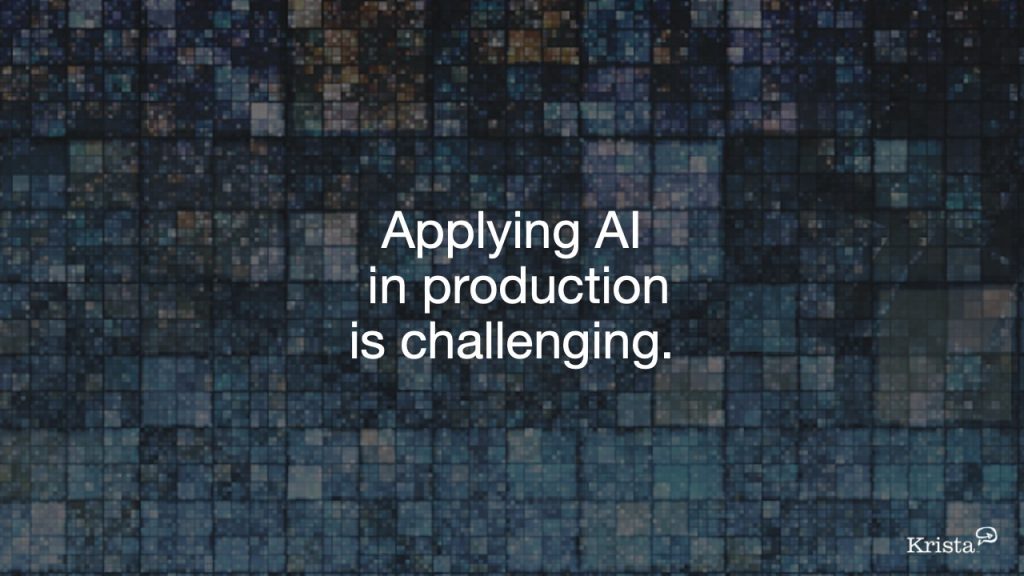
Find an analogy that will help the CIO understand where you are coming from. It is best to find a common idea that they will agree with. Using an analogy is effective because it’s something that the CIO can understand and relate to. You must be sure your analogy is something that they cannot dispute.
Provide data on what success and failure will look like
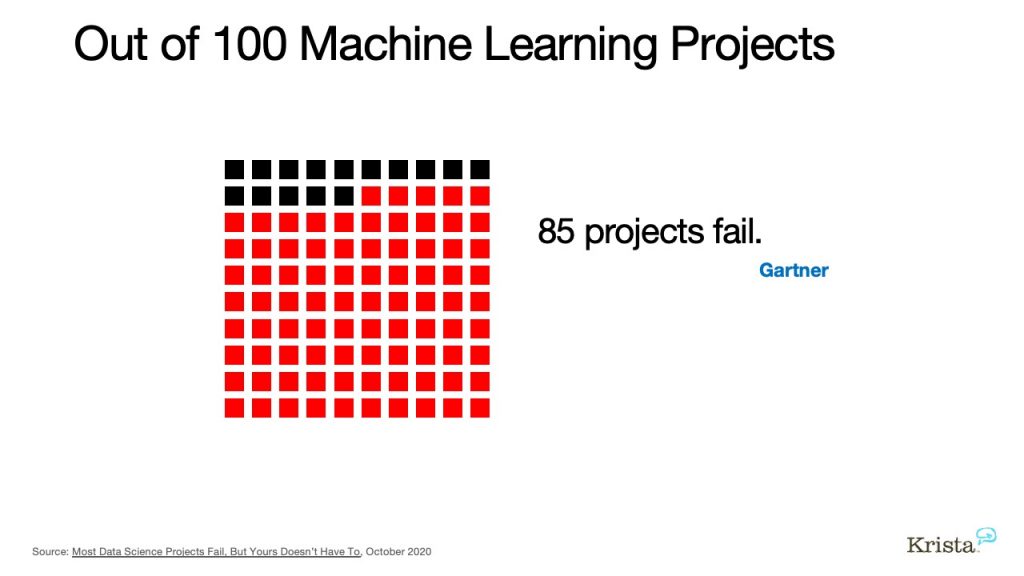
Use data to show the CIO what success and failure will look like. This will help them understand the risks and rewards associated with your product or service. Be sure to use data that is relevant to the CIO’s specific situation.
Explain how your product or service can help the CIO achieve their business objectives and how they can measure success.
Explain the end state you want your viewer to have in the future
The CIO is responsible for the technology strategy of an organization. They are tasked with ensuring that the technology infrastructure is aligned with the business goals of the company. As such, they are always looking for ways to improve efficiency and optimize costs.
When selling to a CIO, it is important to focus on how your product or service can help them achieve their future goals. Be sure to have a clear understanding of the customer’s business and what their specific needs are. It is also essential to be able to articulate how your solution will provide value and improve the bottom line.
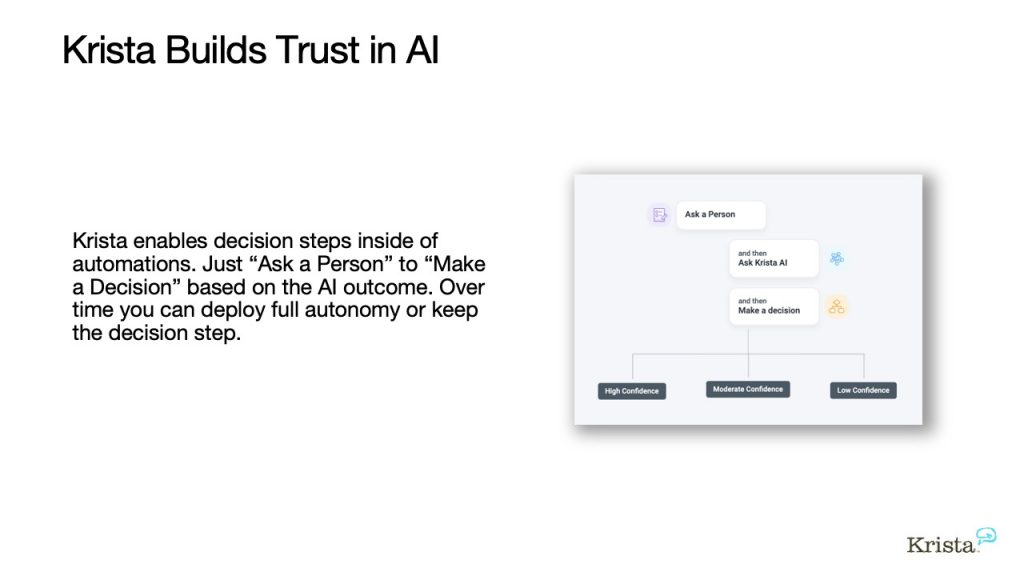
Keep in mind that CIOs are often inundated with sales pitches and vendor presentations. As such, you will need to stand out from the crowd and make a strong case for why your solution is the best fit for the customer. Be prepared to answer tough questions and address any concerns the CIO may have.
Present your solution to heal the situation
Once you have explained the problem and how your product or service can help, it’s time to present your solution. Be sure to keep the CIO’s specific needs in mind and tailor your presentation accordingly.
Be prepared to answer any questions the CIO may have about your solution. In addition, be sure to explain how your solution can be implemented and what the next steps are.
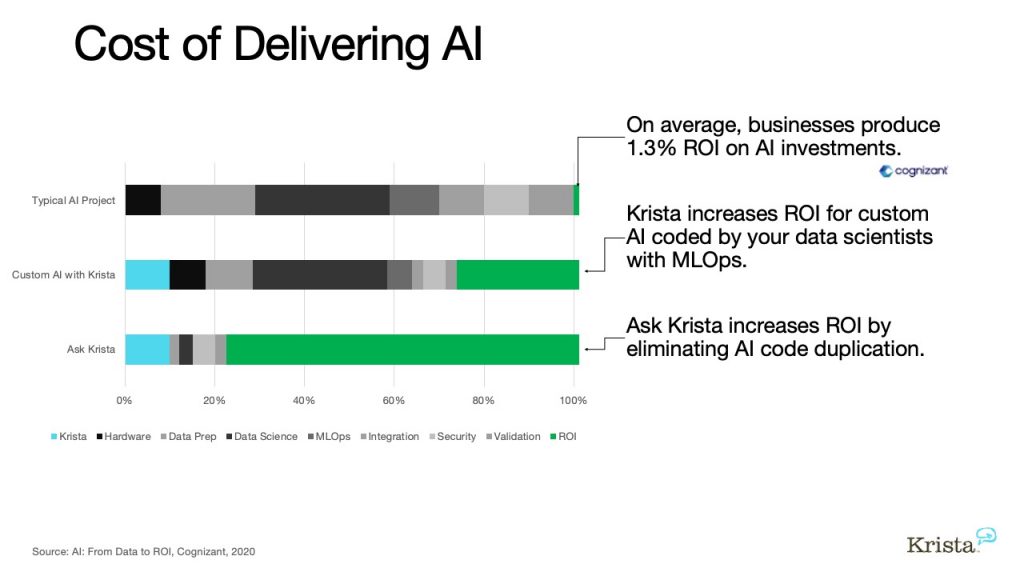
By following these tips, you’ll be able to effectively sell to a CIO. Remember to customize your stories, presentations, and demos to the CIO’s specific needs and priorities. In addition, use data to show how your product or service can help them achieve their future goals. By doing this, you’ll be able to differentiate yourself from the competition.
Make them feel comfortable with you
In order to prove that you can get someone from point A (the beginning) all the way up through Z (their final destination), it’s not enough for your pitch. You need a success story—something concrete and measurable about how one of your customers was able to transform their business at a high ROI.
Provide references if you can. Most people don’t like to be the first ones to do something new. They want to know others have been through this journey before. They want to talk to people who’ve been successful with what you’re offering.
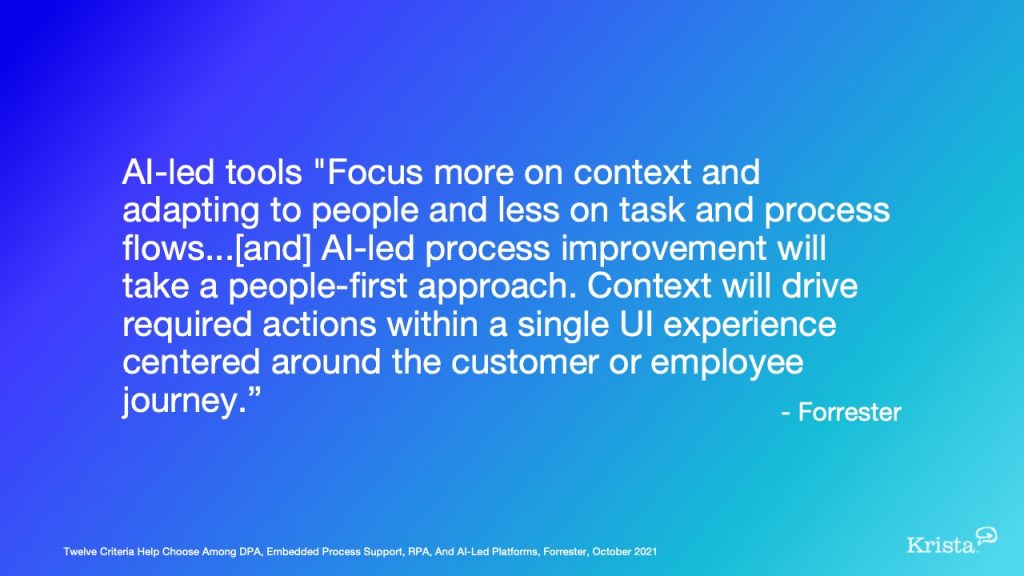
Don’t forget about the personal connection. When you make a personal reference, it goes a lot further than saying your product is great. You can say, “I remember when I helped so-and-so achieve this amazing result.” This is the difference between making a personal connection and just trying to sell them something.
Be sure to get specific about what you can do for them and how you will help them achieve their desired outcome. The more specific you can be, the better. This will show that you have a deep understanding of their situation
Conclusion
Selling to a CIO can be a challenge, but it is possible to be successful if you take the time to understand their specific needs and priorities. Be sure to customise your stories, presentations, and demos to the CIO’s requirements. In addition, use data to show how your product or service can help them achieve their desired outcome. By doing this, you’ll be able to differentiate yourself from the competition.
